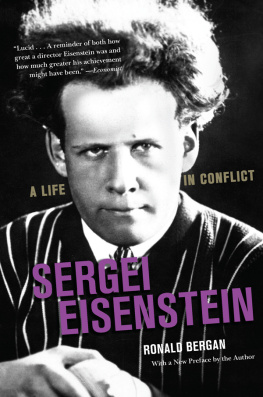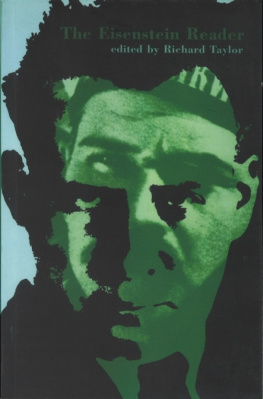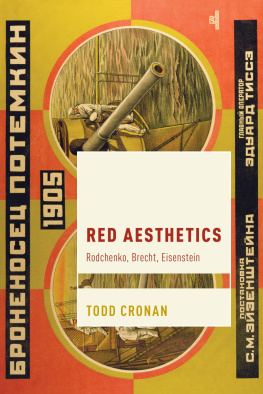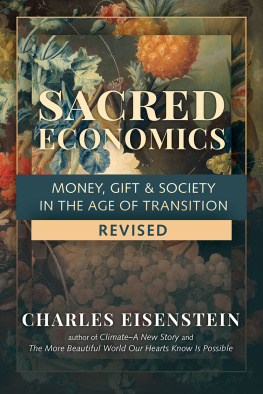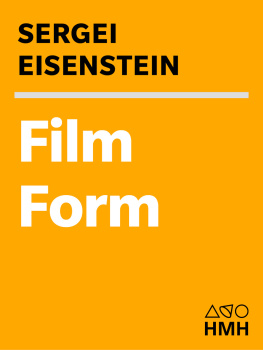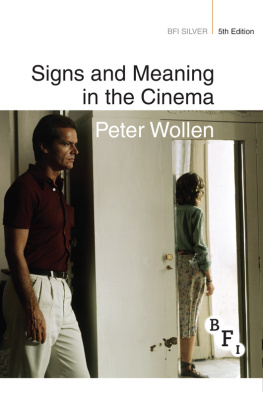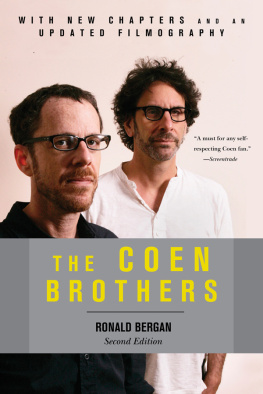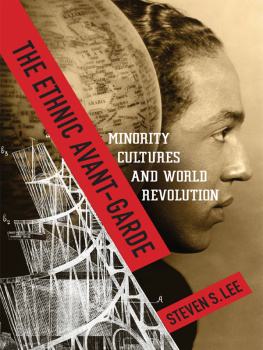
Copyright 1997, 2016 by Ronald Bergan
All rights reserved. No part of this book may be reproduced in any manner without the express written consent of the publisher, except in the case of brief excerpts in critical reviews or articles. All inquiries should be addressed to Arcade Publishing, 307 West 36th Street, 11th Floor, New York, NY 10018.
First Arcade Edition
Arcade Publishing books may be purchased in bulk at special discounts for sales promotion, corporate gifts, fund-raising, or educational purposes. Special editions can also be created to specifications. For details, contact the Special Sales Department, Arcade Publishing, 307 West 36th Street, 11th Floor, New York, NY 10018 or arcade@skyhorsepublishing.com.
Arcade Publishing is a registered trademark of Skyhorse Publishing, Inc., a Delaware corporation.
Visit our website at www.arcadepub.com.
10 9 8 7 6 5 4 3 2 1
Library of Congress Cataloging-in-Publication Data is available on file.
Cover design by Owen Corrigan
Print ISBN: 978-1-62872-577-3
Ebook ISBN: 978-1-62872-626-8
Printed in the United States of America
Praise for Sergei Eisenstein
A comprehensive and thoughtful biography.
The New York Times
An admirable biography Bergan is first-rate, [and] his enthusiasm for the man and his work is infectious.
Times Literary Supplement
Excellent, well-researched and highly readable.
Evening Standard
An accessible, cogent biography Excellent and eye-opening.
Sight and Sound
Mr Bergans lucid book is a reminder of both how great a director Eisenstein was and how much greater his achievement might have been, by showing the gap that existed between the magisterial wreckage of his surviving work and the even more astonishing concept of cinema which he was never fully permitted to realise.
Economist
Carefully researched and highly readable.
Guardian
Highly recommended, [an] approachable and jargon-free course through the life and work.
Time Out
Lively and engaging Always interesting and well-informed Film buffs should thank Bergan.
Sunday Telegraph
Bergan recreates the freshness of modernism Full of interesting material.
Sunday Times
An excellent biography.
Literary Review
Well-researched It is to Bergans credit that he brings to us in all his complexity a man he clearly admires and places his work in its historical context as a way of explaining rather than apologising for it.
The Observer
Bergan teases at the many contradictory aspects of Eisensteins character and also places his creative struggles firmly within the wide context of artistic life during the most repressive years of the Stalinist regime.
Scotland on Sunday
Also by Ronald Bergan:
Jean Renoir: Projections of Paradise
Dustin Hoffman
Anthony Perkins: A Haunted Life
The Great Theatres of London
The United Artists Story
.Understanding Cinema
Francois Truffaut Interviews
Eyewitness Companion Guide to Film
The Coen Brothers, Second Edition
For Naum Kleiman
I love to watch children dying.
Do you note, behind protruding nostalgia,
the shadowy billow of laughters surf?
But I
in the reading room of the streets
have leafed so often through the volume of the coffin.
Midnight
with sodden hands has fingered
me
and the battered paling,
and the crazy cathedral galloped
in drops of downpour upon the cupolas bald pate.
I have seen Christ escape from an icon,
and the slush tearfully kiss
the wind-swept fringe of his tunic.
At bricks I bawl,
thrusting the dagger of desperate words
into the swollen pulp of sky:
Sun!
Father mine!
If at least thou wouldst have mercy and stop tormenting me!
For my blood thou spilled gushes down this nether road.
That is my soul yonder
in tatters of torn cloud
against a burnt-out sky
upon the rusted cross of the belfry!
Time!
You lame icon-painter,
will you at least daub my countenance
and frame it as a freak of this age!
I am as lonely as the only eye
of a man on his way to the blind!
A Few Words About Myself , Vladimir Mayakovsky (18941930)
Contents
Preface to the 2016 Edition
It is eighteen years since the first edition of my biography of Sergei Eisenstein was published. Yet so much has happened in the world during that period that Eisensteins films and life are now seen from a different perspective, allowing them to gain in relevance. Unfortunately, the violent suppression of dissent ( The Strike ), the slaughter of civilians ( The Battleship Potemkin ), the revolutionary desire for freedom ( October ), the harshness of war ( Alexander Nevsky ), and brutal and corrupt dictatorship ( Ivan the Terrible ) are still with us. Although all his seven hugely influential completed feature films (including the long-shelved Ivan the Terrible, Part II ), were ostensibly made as Soviet propaganda, they have always been, even during the Cold War, considered auteur films par excellence by perceptive critics in the West and by unfavorable ones in the Soviet Union. But six years after the collapse of the Soviet Union, when I embarked on the biography, much more light was shed on the films and on Eisensteins life, including the hitherto taboo subject of his homosexuality. I attempted to repudiate the remnants of the extant stereotypical view of Eisenstein as a didactic theorist whose films lack humanity. To quote from the prologue to this biography, For me, Eisenstein, though his films are thoroughly Russian, in content and context, belongs directly in the current of twentieth-century Western art [I should have added modernist art] with other cosmopolitan Russians like Igor Stravinsky, Sergei Rachmaninov, Vassili Kandinsky, Marc Chagall, Vladimir Nabokov, George Balanchine, and Sergei Diaghilev. One must not forget either that he wrote perceptive essays on Walt Disney, Charlie Chaplin, D. W. Griffith, and John Ford. With his profound knowledge of music, literature, architecture, and painting, Eisenstein could well claim that film is a synthesis of all the arts, of which his films are perfect examples.
Authors Note
Each time a book in English is published on a Russian subject, the same theme, albeit with variations, appears in the authors note: how does one transcribe from the Cyrillic to the Latin alphabet? So, for the purposes of this book, I have followed the (admittedly imprecise) rule that renders well-known Russian names in the form in which they are customarily used in English e.g. Chekhov and Tchaikovsky. I have largely opted for the final y Mayakovsky rather than Mayakovski, though this rule, too, is subject to common usage variations, so that the reader will find Lavrenti Beria and Dmitri Shostakovich. I have also chosen the middle y, which gives Shumyatsky rather than Shumiatski and Katayev as opposed to Kataev, while leaving Dostoevsky without his y as is customary.
Several names which occur frequently in my narrative are accorded different spellings in different sources, and I was left to choose, for example, between Nikolai Cherkasov or Cherkassov, between Pera Atasheva and Attasheva, Dimitri or Dmitri and Fedor or Fyodor. Working on a combination of instinct and common usage, I decided to use the latter versions of these, and other similarly variable names. In short, I have aimed for consistency, though logic might sometimes have suffered.

